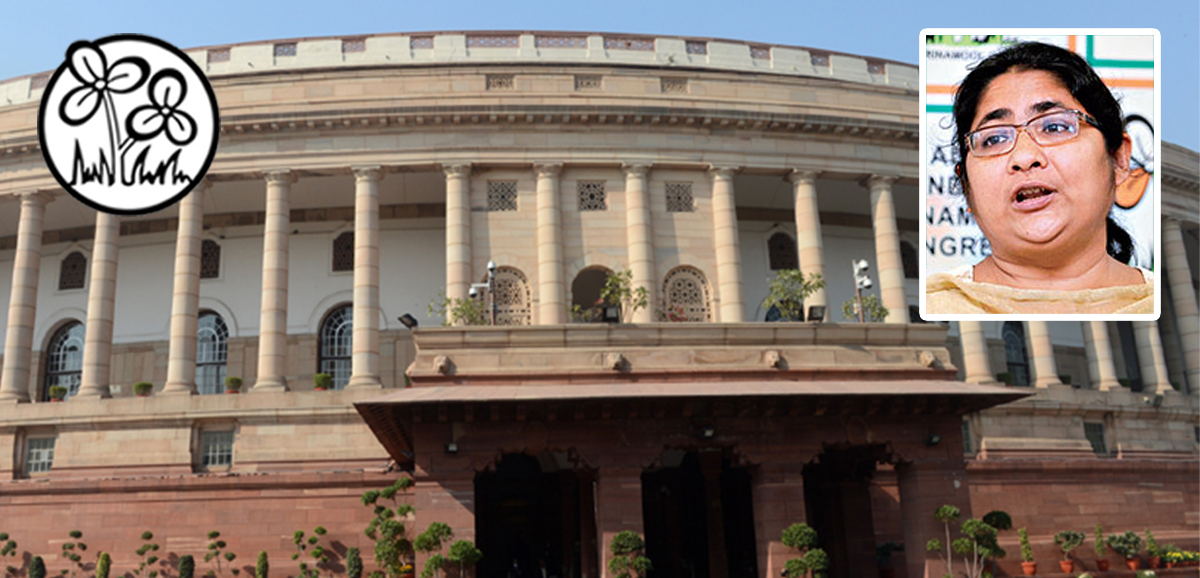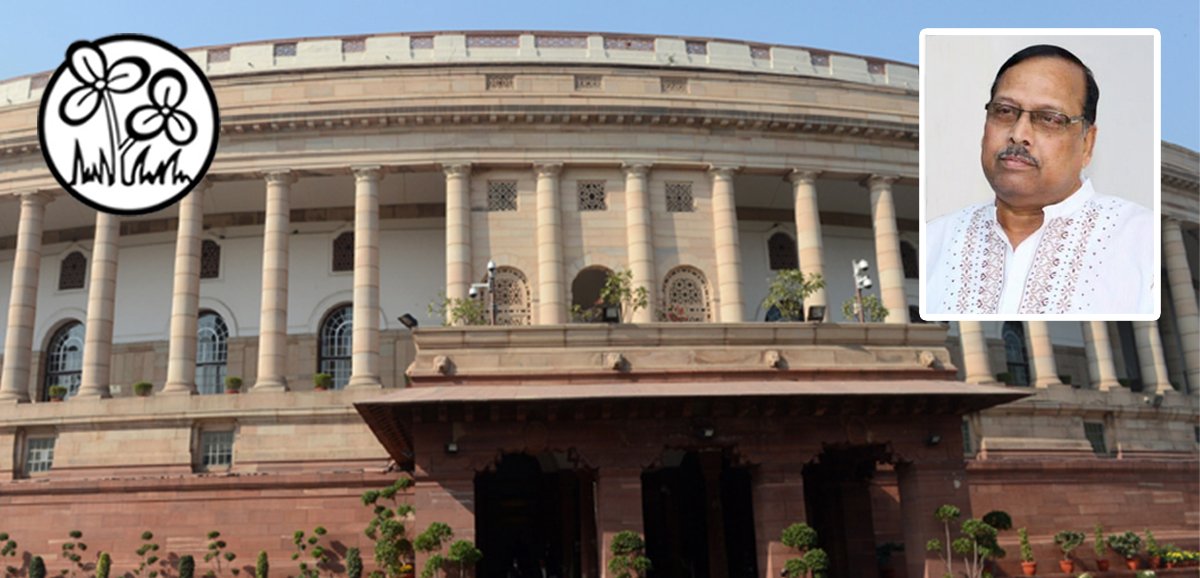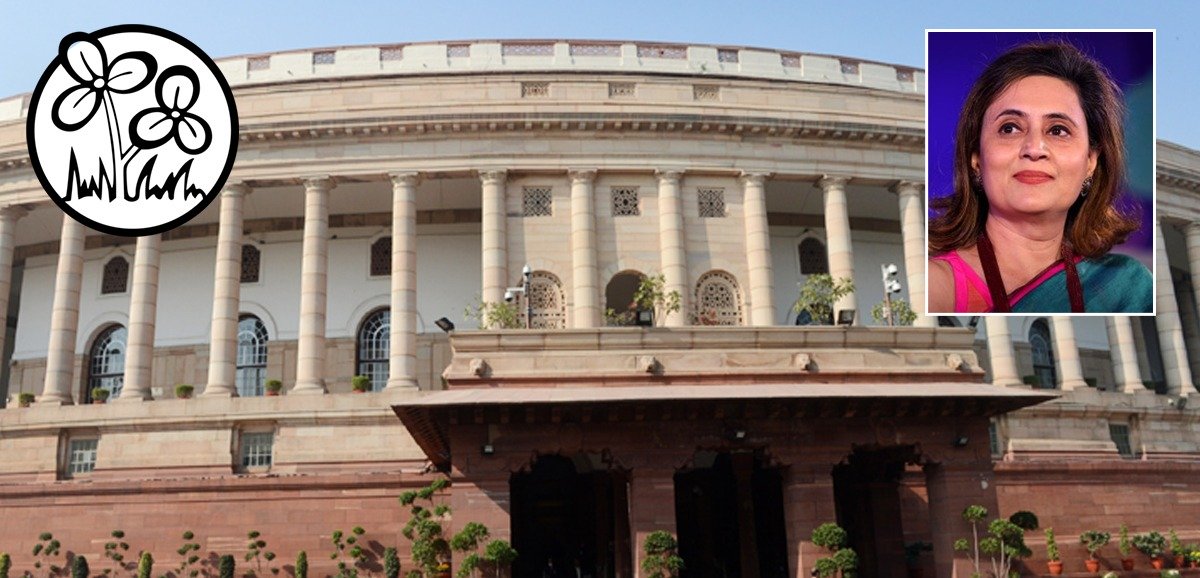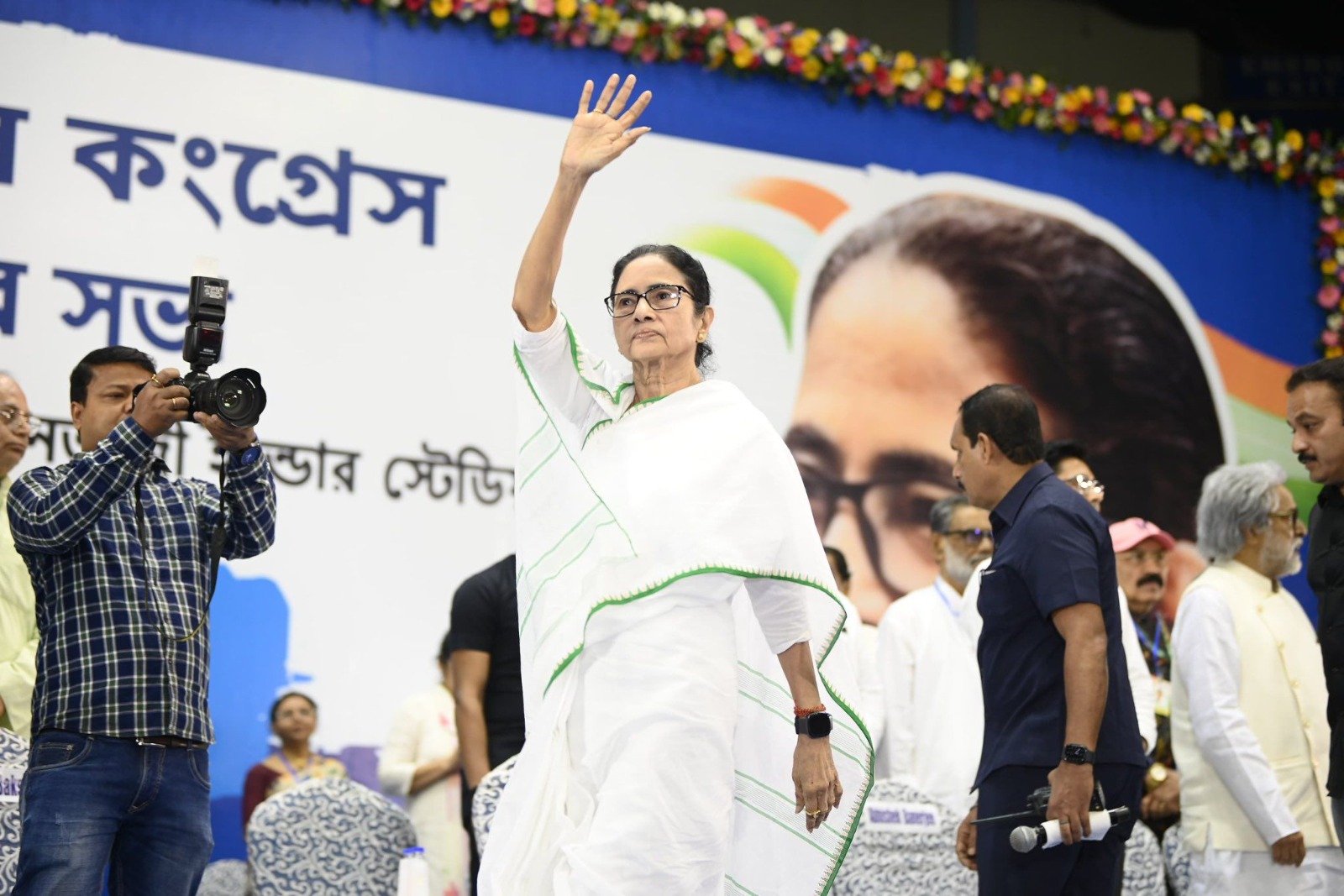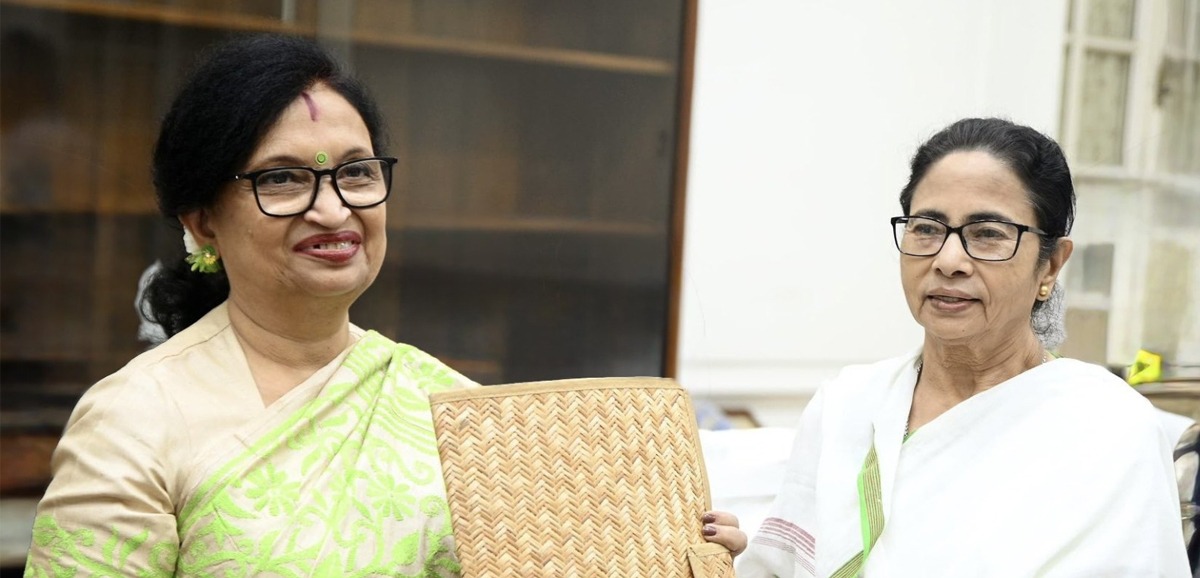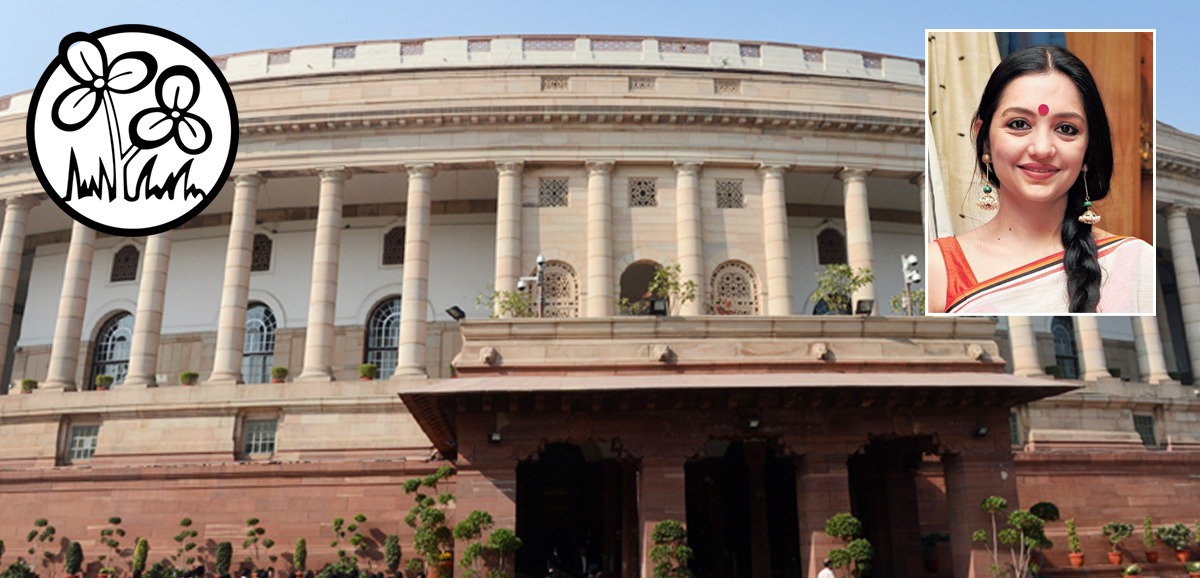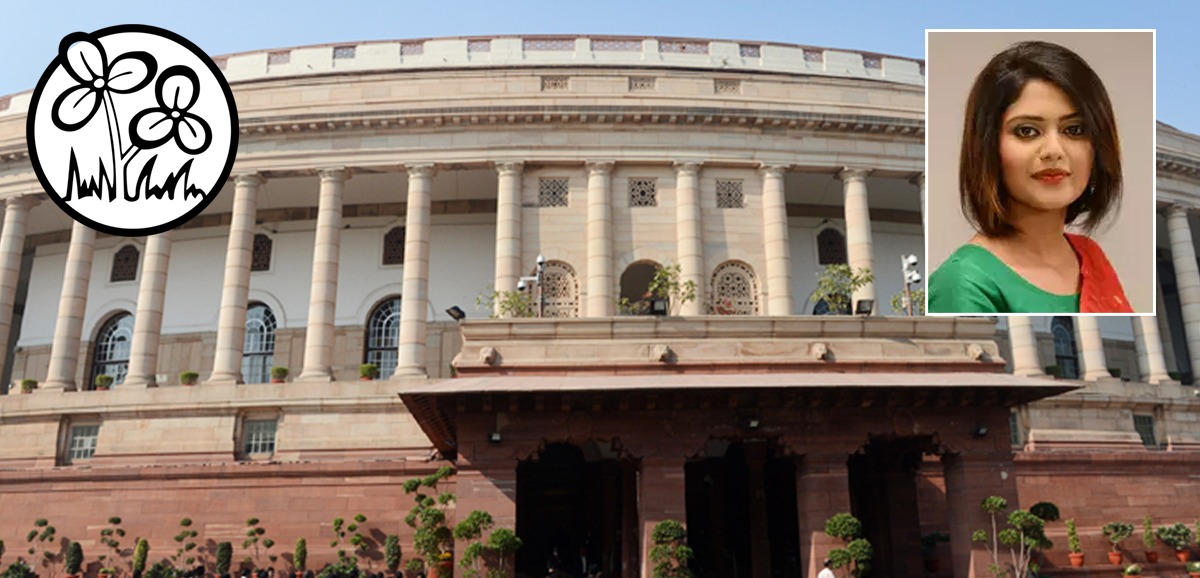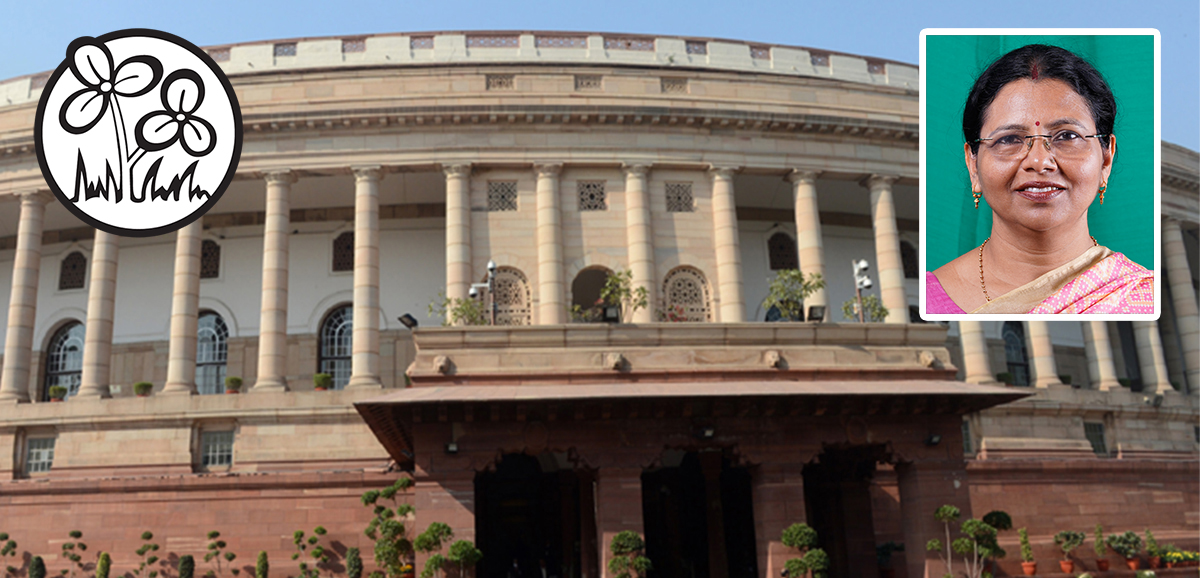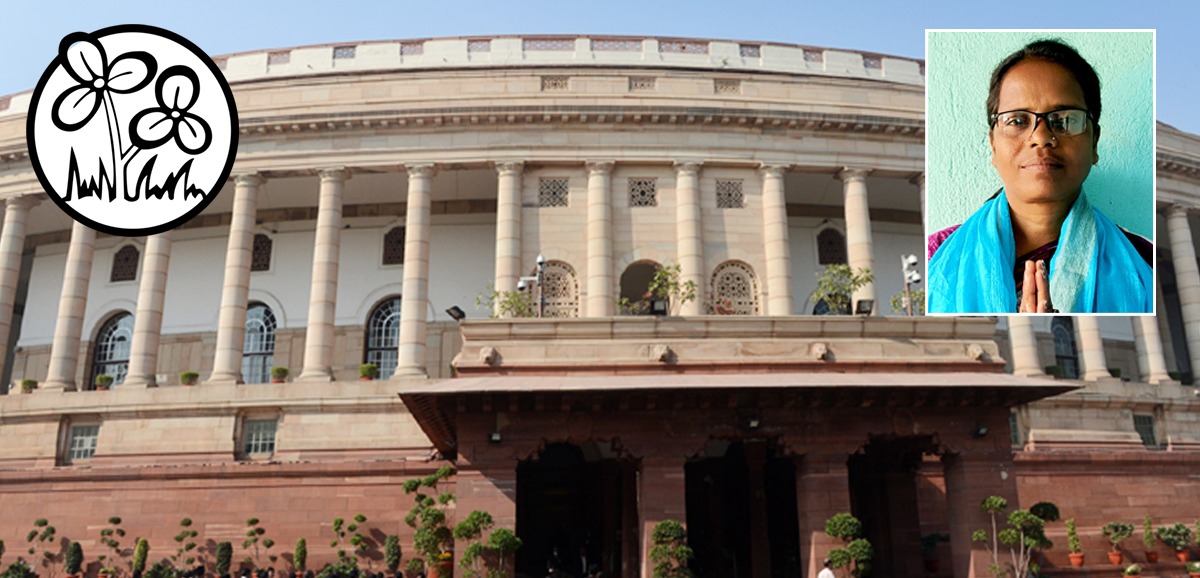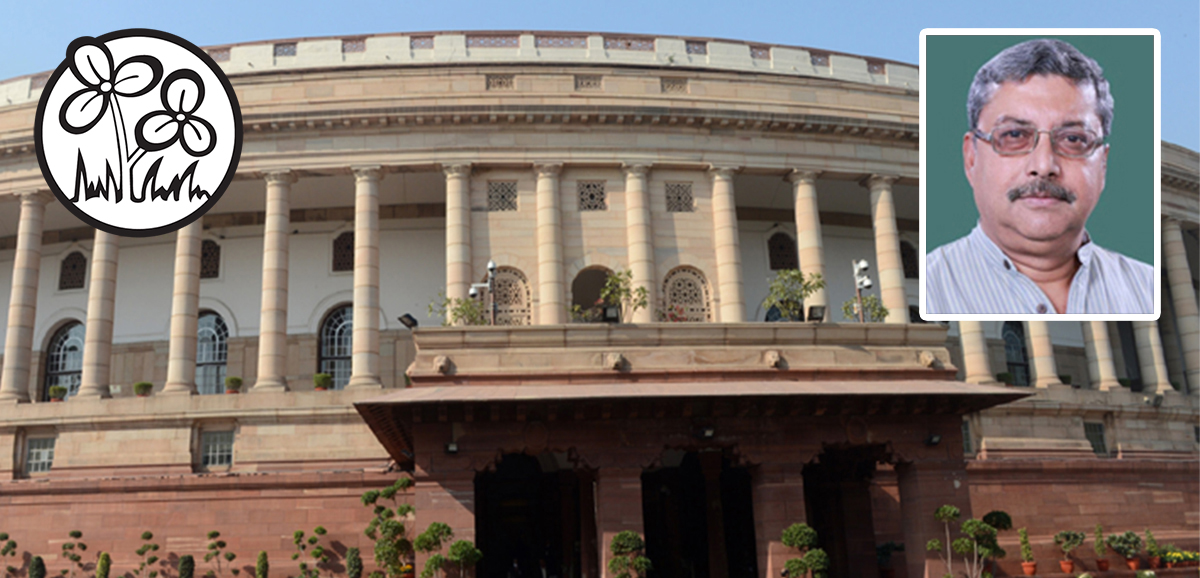আজ নেতাজি ইন্ডোরে তৃণমূলের কর্মিসভার বৈঠক অনুষ্টিত হলো। সেখানে মমতা বন্দ্যোপাধ্যায়ের বক্তব্য :
২০০১ সালেই তৃণমূল ক্ষমতায় আসত যদি না কংগ্রেস বিশ্বাসঘাতকতা করত
আমরা মানুষের পাহারাদার। কিন্তু দিনে কী করছি, রাতে কী করছি, মানুষ তা দেখে। মানুষও আমাদের পাহারাদার।ভোট এলে মনে হয়, তৃণমূলের কাকে কাজে চার্জশিট দিতে হয়
২০২৪ সালে বাংলার মানুষ আমাদের পক্ষে রায় দিয়েছেন। জোর করে ৫টি আসনে হারিয়ে দেওয়া হয়েছে। নাহলে ৩৪টি আসন পেতাম
চব্বিশের পর অনেক ঝড়-ঝঞ্ঝা গিয়েছে, উৎসব গিয়েছে, তাই কর্মীদের সঙ্গে বৈঠক করতে পারিনি
আমিও একজন কর্মী। তৃণমূলস্তরে কাজ করেছি। মাটিকে চিনি
বাংলার সংস্কৃতি বিপন্ন। তফসিলি জাতির ভোট নিয়ে যায়, আর তারপর দিল্লির মুখ্যমন্ত্রীর অফিসে থেকে বিআর আম্বেদকরের ছবি সরিয়ে দেন
হিন্দুধর্মের অপমান করছে। ভোটের সময় মতুয়া আর ভোট মিটে গেলেই ফতুয়া! আমরা সর্বধর্ম ভালোবাসি। কোনটা করি না? বিজেপি
যারা ভালো কাজ করছেন, তাদের পদোন্নতি করব। কিন্তু যারা কাজ করেন না, শুধু বিবৃতি দেন, দলের সমালোচনা করেন, বিজেপি-সিপিএম-কংগ্রেসের বিরুদ্ধে লড়াই করেন না, তাদের আমি ভালোবাসি না
বিজেপি আর ২-৩ বছর যা করার করবে। বাংলাকে ওরা টার্গেট করেছে কারণ ওদের বিরুদ্ধে বাংলা লড়ে। অন্যরা লড়তে পারে না। বাংলা সর্ব ধর্মে বিশ্বাস করে
মাননীয় স্বরাষ্ট্রমন্ত্রকের প্রিন্সিপাল সেক্রেটারিকে নির্বাচন কমিশনের মাথায় বসিয়েছে। সবটাই বিজেপির লোক বসিয়ে দিয়েছে। গণতন্ত্রের এমন দুরবস্থা আগে দেখিনি
অনলাইনে কারসাজি করে ভুয়ো ভোটারের নাম তুলে দিয়েছে। আধার কার্ড কেলেঙ্কারি করেছে ওরা। এখানকার ভোটারদের এপিক নম্বর নিয়ে বাইরের রাজ্যের ভোটারের নাম জুড়ে দিয়েছে
এখানে অনেক এজেন্সি পাঠায়েছে। অ্যাসোসিয়েশন অফ ব্রিলিয়ান্ট মাইন্ডস নামে একটি কোম্পানি আছে কোম্পানি ইন্ডিয়া ৩৬০ নামে দুটি এজেন্সি আছে। দুটো- যতদূর আমি খবর জোগার করতে পেরেছি, ডাটা এন্ট্রি অপারেটর এবং কিছু বিএলআরকে নিয়ে কাজ করেছে
ভোটের আগে যুদ্ধকালীন তৎপরতায় ভোটার লিস্ট ক্লিন করতে হবে। নাহলে এই নির্বাচনে যাওয়ার দরকার নেই
পিকের আইপ্যাক এটা নয়। ওরা অন্য জায়গায় কাজ করে। ওঁ একটা রাজনৈতিক দল, এদের নামে উলটোপালটা বলা বন্ধ করুন
১০ দিন সময় দিচ্ছি। অনলাইনের সঙ্গে ভোটার তালিকা মেলান। ভুয়ো ভোটার খুঁজে বের করুন। এটা হচ্ছে ইলেকশন কমিশনের আশীর্বাদে। যারা এই কাজ করেছে তাদের হাতেনাতে ধরব। কিছু বিএলআরও দায়িত্ব পালন করেনি। জেলাশাসকদেরও দায়িত্ব ছিল। কিন্তু নির্বাচন এলেই দেখি প্রশাসনকে ধমকে-চমকে, দিল্লিতে ডেকে নিজেদের মতো চালায়
বিজেপি-সিপিএম-কংগ্রেসের জামানত জব্দ করুন। বাংলার মাকে এগিয়ে যেতে দিন
